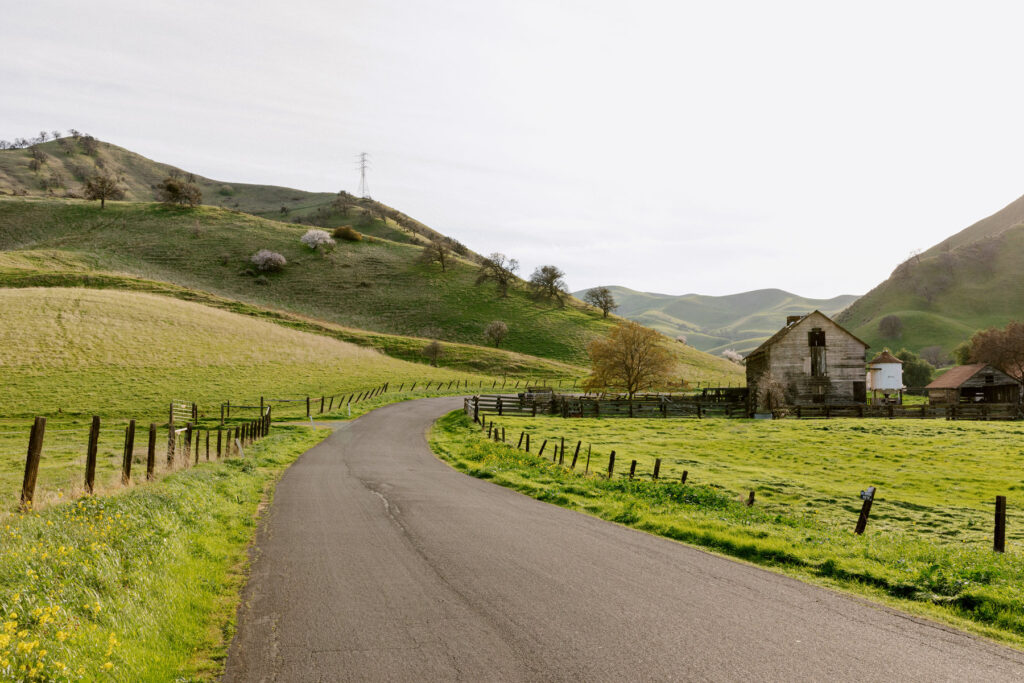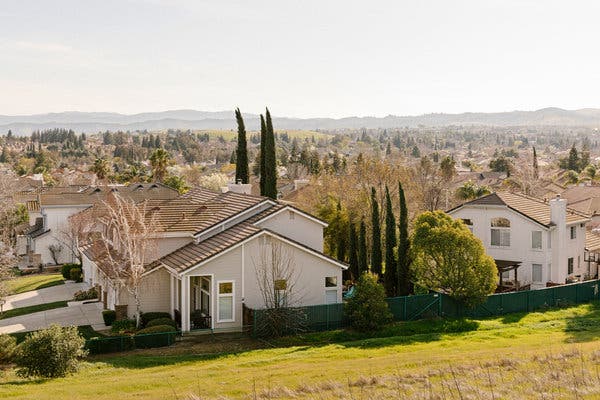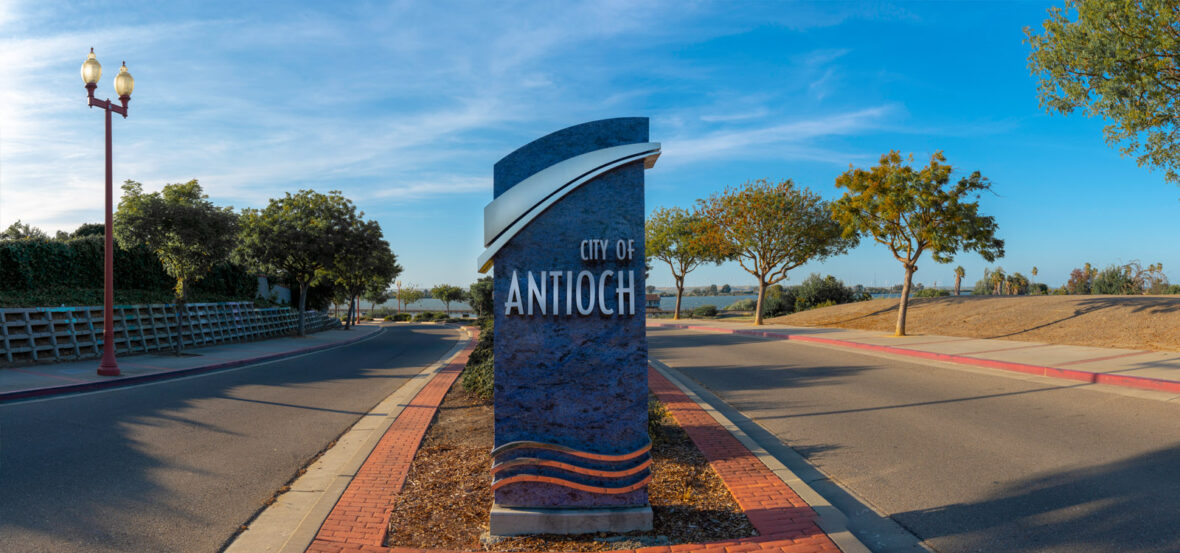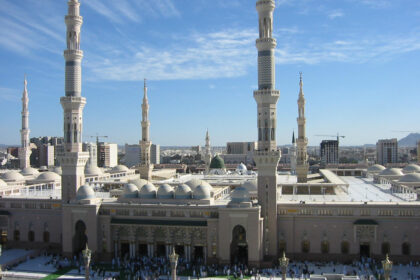Antioch is the second-largest city in Contra Costa County, California, United States. Take a look below for 30 awesome and interesting facts about Antioch, California, United States.
1. Located in the East Bay region of the San Francisco Bay Area along the San Joaquin–Sacramento River Delta.
2. The city’s population was 102,372 at the 2010 census and estimated to be 111,502 in 2019.
3. Formerly an all-white sundown town, the city has grown substantially more diverse since the 1970s.
4. Antioch is one of the oldest towns in the region. The town has been variously named East Antioch, Smith’s Landing, and Marshs Landing, prior to its current name.
5. In 1848, John Marsh, owner of Rancho Los Méganos, one of the largest ranches in California, built a landing on the San Joaquin River in what is now Antioch.
6. It became known as Marsh’s Landing, and was the shipping point for the 17,000-acre (69 km2) rancho. It included a pier extending well out into the river, enabling vessels drawing 15 feet (4.6 m) of water to tie up there in any season of the year.
7. The landing also included a slaughterhouse, a smokehouse for curing hams, rodeo grounds, and even a 1+1⁄2-story dwelling, embellished with fretwork, that was brought around the Horn to serve as a home for the mayordomo (manager) and his wife.
8. In 1849, twin brothers Rev. William Wiggins Smith and Rev. Joseph Horton Smith sailed from Boston, purchased land from John Marsh and founded a town slightly west of Marsh’s Landing, and named it Smith’s Landing.
9. During the town picnic on July 4, 1851, William, the town’s new minister, persuaded the residents to change the name of the town to Antioch, for the biblical city of Antioch, “inasmuch as the first settlers were disciples of Christ, and one of them had died and was buried on the land, that it be given a Bible name in his honor, and suggested ‘Antioch’ (a Syrian town where two important rivers meet and where the followers of Christ were first called Christians), and by united acclamation it was so christened.”
10. Around 1859, coal was discovered in several places in the hills south of Antioch, and coal mining formed the first substantial business apart from farming and dairying for the inhabitants of this community.

11. This new industry resulted in the founding of the towns of Nortonville, Somersville, Stewartville, and Black Diamond (now Pittsburg), and added greatly to the economic activity of the Antioch area.
12. The Empire Coal Company was formed by John C. Rouse and George Hawxhurst in 1876, which built a railroad that passed from Antioch toward the mines over what is now “F Street” (formerly Kimball Street). However, later on, both the mine and the railroad passed into the hands of the Belshaw brothers.
13. The mines have long since ceased operation, and the railroad tracks have been dug up, though the building that served as the Antioch terminus of the railroad still stands on the corner of F Street and Fourth Street, and the grading and trestles still remain much as they were in those early days.
14. In 1863, a great excitement arose over the discovery of copper ore near Antioch.
15. Smelting works were built at Antioch, and the ore fetched $15 to $25 per ton.
16. The copper bubble eventually burst, to the dismay of the citizens, and petroleum was first drilled for near Antioch in 1865, but not enough oil was found to make a decent profit.
17. The Antioch Post Office was opened in 1851, closed in 1852, reopened in 1855, closed again in 1862, and has operated continuously since reopening in 1863. The city of Antioch was incorporated in 1872.
18. The Antioch Ledger was first issued on March 10, 1870. To commemorate the paper’s formation, a copy of its first issue has been framed and hangs over the desk of the present editor. The sole news item is a report with editorial comment on a women’s suffrage meeting that had just been held in the town.
19. The Ledger later merged with the Contra Costa Times and printed its last issue in 2005.
20. The Time’s weekly publication, the Antioch News, which is an expansion of the Brentwood News is published each Friday. The Antioch Press published its first issue in January 2001, direct mailing newspapers to all homes and businesses in the city twice monthly, and then weekly from September 2005 until the 2008 economic crash.

21. It continued to publish and distribute only in racks and stacks throughout town until June 2012. It was then only published online until 2020 when it was combined with the Brentwood Press, Oakley Press and Discovery Bay Press into one paper, distributed in stacks and racks throughout the city as, The Press.
22. As of 2021, due to the impacts on businesses from the COVID-19-related government health orders, the “Herald” is only available online.
23. A strictly online news source, EastCountyToday.net was launched in July 2012 covering Antioch and the other three cities and five unincorporated communities in eastern Contra Costa County.
24. The city’s historic Chinese community, which was forcibly segregated, was estimated to number in the hundreds in the late 1800s.
25. The city’s early history included banning Chinese residents from walking the streets after sundown. In 1876, the Chinatown was burned down due to arson; the fire department refused to put out the fire.
26. For nearly 100 years, virtually no Chinese lived in Antioch. The 1960 census showed that only 12 residents were Chinese.
27. Antioch is mainly a bedroom community, with most adults working in larger cities toward Oakland and San Francisco.
28. The town has grown in the last 30 years, as the population of the Bay Area continues to grow, and real estate prices force families to move towards the outskirts of the Bay Area.
29. The historic El Campanil Theatre opened on November 1, 1928, in downtown Antioch. It now presents a wide variety of entertainment opportunities, including classic films, live theatre, concerts, symphony, ballet, comedy and is host to numerous local dance and community-based organizations, such as the Antioch Rivertown Theatre Group.
30. The Arts & Cultural Foundation of Antioch organizes education in graphic arts, sculpture, pottery, and performance arts for various age groups. It also hosts the Saturday Summer Concert Series, Delta Blues Festival, and Holiday De Lights, along with other community events.




